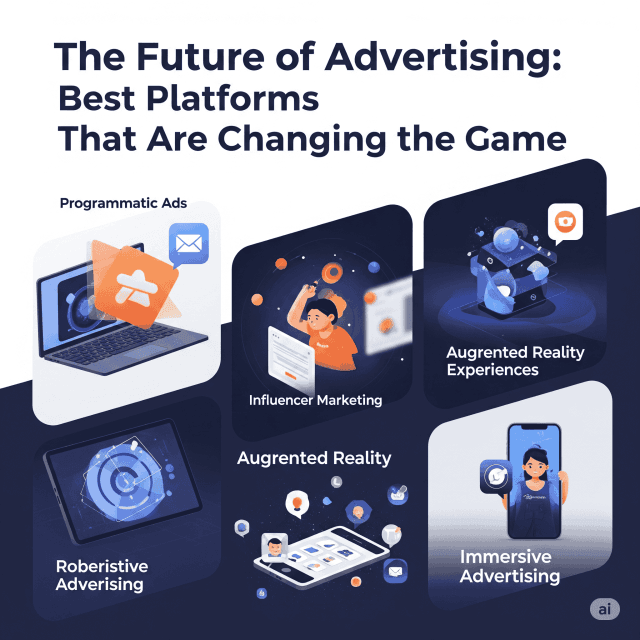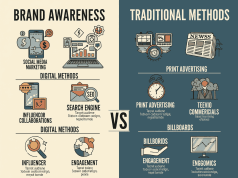As technology continues to evolve at a breakneck pace, the advertising landscape is undergoing a significant transformation. Marketers must adapt to new consumer behavior, leverage emerging technologies, and embrace innovative platforms to remain competitive. In this article, we will delve into the platforms that are reshaping the future of advertising, highlighting their unique features and the advantages they offer.
1. Social Media Networks
a. TikTok
Emerging as a major player in the marketing realm, TikTok has catapulted brands into viral sensations. Its short-form video content encourages creativity and authenticity, allowing brands to connect with younger audiences in a more engaging way. The platform’s algorithm favors organic reach, making it possible for even small brands to gain visibility.
b. Instagram
Instagram remains a favorite for visual storytelling and influencer marketing. Features like Stories, Reels, and shopping capabilities allow businesses to showcase products in a dynamic manner. Brands can integrate shoppable posts, turning social engagement into direct sales, revolutionizing the customer journey from discovery to purchase.
c. LinkedIn
For B2B marketers, LinkedIn is unmatched, offering a professional environment to target decision-makers. The platform is expanding its advertising tools and relationship-building features, making it easier to generate leads through content sharing and networking.
2. Programmatic Advertising
Programmatic advertising automates the buying and selling of ad space, using algorithms to target the right audiences at the right times. This method streamlines the process, benefitting both advertisers and media owners. Its data-driven approach allows for more personalized and efficient ad placements, ensuring that brands reach potential customers with precision.
3. Video Streaming Services
With the rise of ad-supported streaming services like Hulu and Peacock, traditional advertising channels are evolving. Brands can utilize targeted ads that deliver content specific to viewer preferences. This form of advertising is more engaging than traditional TV ads, allowing for a deeper connection with audiences through storytelling.
4. Podcasts and Audio Advertising
Podcasts have exploded in popularity, presenting unique opportunities for brands to reach engaged audiences. Native ads seamlessly integrated into podcast content can significantly boost brand awareness. The trust listeners place in their favorite hosts makes this an effective avenue for brand promotion.
5. Augmented Reality (AR) and Virtual Reality (VR)
AR and VR are changing the way consumers interact with brands. Platforms like Snapchat are pioneering AR advertising through interactive filters, enabling users to engage with products in a fun and immersive manner. Meanwhile, VR experiences can create entire worlds where consumers can explore products, enhancing their overall customer experience.
6. Influencer Marketing Platforms
As consumers increasingly value authenticity, influencer marketing platforms like AspireIQ and Influencity are essential for brands seeking to establish credible connections. These platforms help brands identify the right influencers, manage campaigns, and track performance, facilitating successful partnerships that can yield significant returns.
7. Blockchain Technology
Blockchain is starting to make waves in advertising by enhancing transparency and trust. Ad fraud, a persistent issue, can be mitigated through the traceability that blockchain offers. By verifying the authenticity of ad interactions, brands can allocate their budgets more effectively and ensure they are reaching real audiences.
8. Artificial Intelligence (AI) in Advertising
AI is becoming a pivotal tool in advertising, offering personalized recommendations, automating data analysis, and improving audience targeting. Platforms that leverage AI can optimize ad placements in real time, allowing marketers to adjust strategies based on immediate feedback.
Conclusion: Adapting to the Future
The future of advertising is dynamic, with platforms and technologies continuously evolving. Brands must stay ahead by embracing these innovations, taking the time to explore new platforms, and understanding their audience deeply. As we move forward, those who adapt quickly and creatively will thrive in this ever-changing landscape, unlocking new potentials for engagement and growth.









